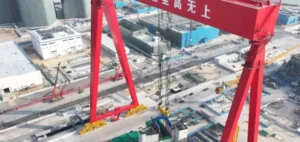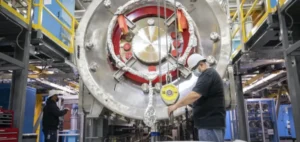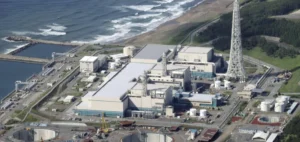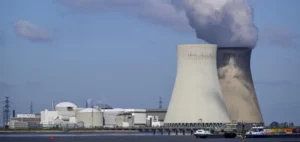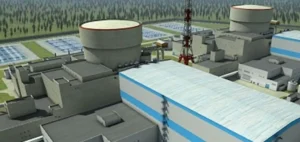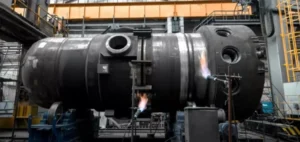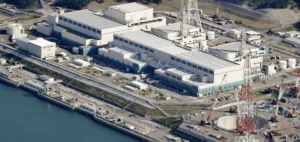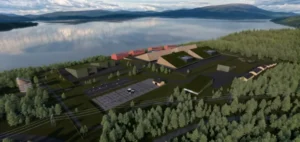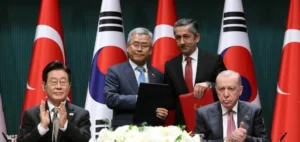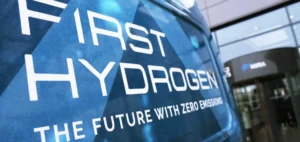Canadian Minister of Energy, Jonathan Wilkinson, has unveiled a strategic financial support plan for the modernization of CANDU nuclear technology, announcing a preliminary agreement with AtkinsRéalis. This investment, which could reach up to $304 million over four years, aims to support the development of a large-scale nuclear reactor, such as the MONARK model. This initiative is part of a broader strategy to strengthen Canada’s energy independence while supporting low-carbon nuclear energy production capabilities.
CANDU reactors, which use unenriched uranium from Saskatchewan, continue to play a key role in providing clean energy to Canada. Their design is based on a primarily Canadian supply chain, fostering the creation of sustainable jobs in the manufacturing and energy sectors. The Canadian government has thus reaffirmed its support for this technology, highlighting the economic benefits for provinces like Ontario, Saskatchewan, and Alberta.
Collaboration with Atomic Energy of Canada Limited
The CANDU reactor modernization project is being carried out in partnership with Atomic Energy of Canada Limited (AECL), a central player in the management and operation of CANDU reactors. AECL, holder of the intellectual property rights for this technology, is working alongside AtkinsRéalis to modernize the reactors, with the goal of meeting the current needs of global energy markets. These efforts will position Canada as a leader in nuclear energy, with increased production capacity and competitive costs.
The funding announced for this project will also finance research and development efforts to adapt the reactors to tomorrow’s energy challenges. A crucial aspect of the project is aligning these reactors with modern safety and performance standards.
Modular Reactors on the Horizon
In parallel with the modernization of CANDU technology, the Canadian government is also supporting the development of small modular reactors (SMRs), an emerging nuclear technology. These reactors, particularly the GE Hitachi BWRX-300, could produce about 300 megawatts each, enough to power nearly 900,000 homes. A $55 million funding allocation has been made to Ontario Power Generation for the implementation of these SMRs at the Darlington nuclear station in Ontario, thus enhancing the country’s nuclear capacity while meeting modern environmental requirements.
SMRs are designed to offer stable energy production with zero greenhouse gas emissions, making them particularly attractive for future energy solutions. The focus on these technologies aims to diversify energy sources while maintaining an emphasis on low-carbon technologies.
Strengthening Capacities in Canadian Provinces
The Canadian government has also announced a $52.4 million investment to support SMR and CANDU-related projects in several provinces. Saskatchewan, Alberta, and Ontario will benefit from this investment, which aims to strengthen their role as leaders in nuclear energy in North America. This initiative focuses on pre-engineering projects, environmental assessments, and consultations with Indigenous and local communities to ensure that projects are carried out in compliance with social and environmental standards.



